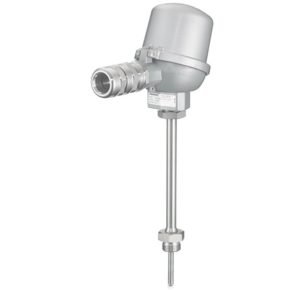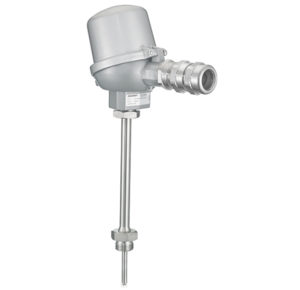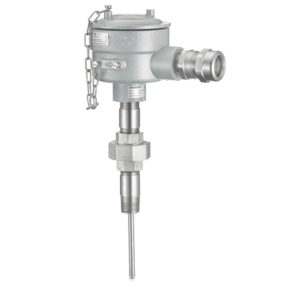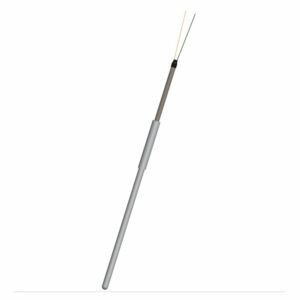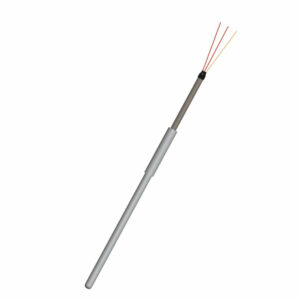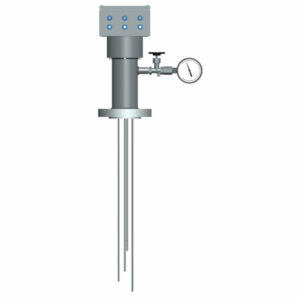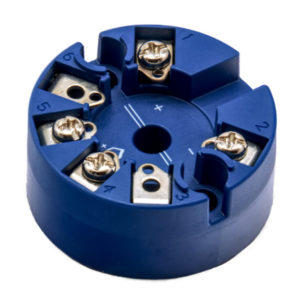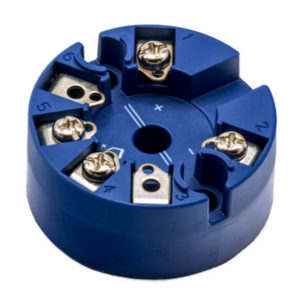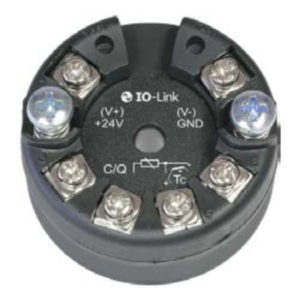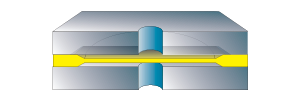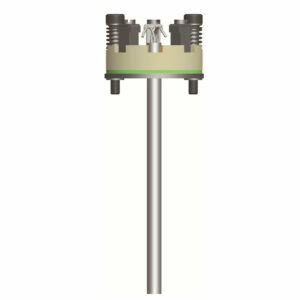

S70 Tube Skin Thermocouple
S70 Tube Skin Thermocouple
The Ashcroft AT30 Skin Type Thermocouple offers a reliable and economical solution for monitoring process temperature without the use of a thermowell.
Features & Properties
Use & Application
Downloads
Features & Properties
Use & Application
The AT30 Skin Type Thermocouple is ideal for safe and accurate surface temperature measurements:
Process Markets:
- Oil and Gas
- Power Generation
- Chemical and Petrochemical Plants
- Reactors
- Towers
Industrial Markets:
- Industrial Equipment Manufacture
- Industrial Ovens
- HVAC/R
Downloads
Data Sheets
Installation + Maintenance
Declaration of Conformity
Industry Brochures
The Ashcroft® S70 skin thermocouple for monitoring process temperature without the use of a thermowell. Skin type sensors accurately and reliably measures the temperature of a surface that the process media is in contact with without ever coming in contact the media.
Key Features
Integrated expansion loop allows for expansion and contraction within temperature changes
Available with and without transmitters
Explosion Proof designs available
Intrinsically Safe and Non-Incendive designs available
Weldable sensor head
Markets & Applications
Energy
Oil and Gas
HVAC-R
Chemical and Petrochemical
- Specifications
- Downloads
Ranges
Type J: –40 ... 750°C
Type K: –200 ... 1000°C
Type N: –200 ... 1000°C
Accuracy
IEC 60584-2: class 1, class 2, class 3
ANSI MC 96.1: standard or special
Stem length
200 ... 45000 mm
Stem Diameter
6 mm, 8 mm
6.35 mm, 9.53 mm, 12.7 mm
Wiring Configuration
Single or dual
Head Configuration
BUZH
Ex d head
SCCI
SCCA
DIN B
BUZ
Data Sheets
Installation + Maintenance
Declaration of Conformity
Industry Brochures
- Category: Electronic Temperature Devices
We’re glad to be there for you personally.
Siamo personalmente a vostra disposizione!
Nous sommes personnellement là pour vous.
Şahsen yanınızda olmaktan mutluluk duyuyoruz.
We zijn blij dat we er persoonlijk voor u kunnen zijn.
Wir sind persönlich für Sie da!
Siamo personalmente a vostra disposizione!
Nous sommes personnellement là pour vous!
Select your Region!


